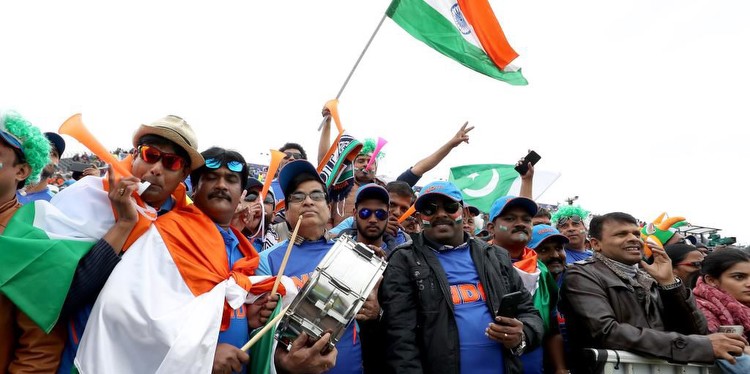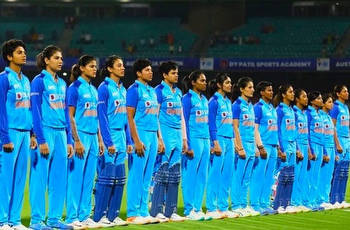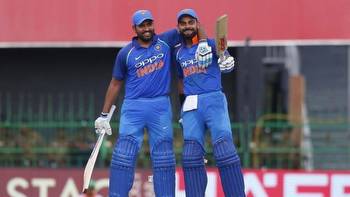Cricket's economic influence in India

The intersection of cricket and commerce in India presents a fascinating narrative, reflecting the sport’s deep-rooted cultural significance and its profound economic implications.
This article aims to provide a nuanced examination of cricket’s journey from a leisurely pursuit to a thriving industry, shedding light on its multifaceted impact on the Indian economy.
Historical context – cricket’s evolution in India
Tracing its origins back to the colonial era, cricket’s introduction to India by the British in the 18th century marked the inception of a sporting legacy that continues to resonate across the nation. Over time, cricket transcended its elitist beginnings, permeating through diverse strata of society and becoming an integral part of India’s cultural fabric through lucrativeonline cricket bettingand global merchandise. Ultimately, the evolution of cricket from a colonial import to a national obsession laid the groundwork for its eventual commercialisation.
The Emergence of the Indian Premier League (IPL)
The advent of the Indian Premier League (IPL) in 2008 heralded a new era in the commercialisation of cricket in India; with its innovative franchise-based model and high-octane format, the IPL redefined cricket as entertainment, captivating audiences and attracting substantial investments from corporate entities. The league’s success revitalised interest in cricket and propelled India to the forefront of the global cricketing landscape.
Economic dynamics of broadcasting rights
The economic significance of cricket in India is epitomised by the fierce competition for broadcasting rights among television networks. Securing exclusive rights to telecast cricket matches, including the lucrative IPL, entails significant financial investments reflecting the sport’s immense commercial appeal. Beyond live match coverage, broadcasting rights encompass lucrative advertising opportunities, underscoring the symbiotic relationship between cricket and media conglomerates.
Sponsorship and brand endorsements
Corporate sponsorship and brand endorsements form a cornerstone of cricket’s economic ecosystem in India. Leading brands capitalise on the popularity of cricketers to enhance their brand visibility and connect with consumers on a profound level. Cricketers, in turn, serve as influential brand ambassadors, leveraging their star power to endorse products and spearhead marketing campaigns. This synergy between sports and marketing fuels revenue generation and fosters brand loyalty, shaping consumer preferences in the process.
Infrastructure development and tourism boost
The proliferation of cricket stadiums and infrastructure across India has catalysed economic development and bolstered tourism in various regions. Hosting international cricket matches attracts fervent fans from across the globe and stimulates local economies through increased spending on accommodation, dining and transportation. Furthermore, the construction and maintenance of cricket stadiums create employment opportunities and contribute to infrastructural growth, promoting socio-economic progress in host cities.
Grassroots development and talent cultivation
Cricket’s economic impact extends beyond the professional realm to grassroots development and talent cultivation. Establishing cricket academies and coaching centres provides aspiring cricketers with access to world-class training facilities and mentorship, nurturing a pipeline of talent for the future. This grassroots infrastructure enables sporting excellence and instils values of discipline, teamwork and resilience, shaping the character of future generations.
Addressing challenges and embracing opportunities
While cricket’s economic influence in India is undeniable, it is not without its challenges; issues such as corruption, match-fixing allegations and governance shortcomings pose significant threats to the integrity of the sport and its long-term sustainability. Addressing these challenges requires concerted efforts from stakeholders across the cricketing spectrum. Moreover, embracing technological advancements and data analytics presents new avenues for revenue generation and fan engagement, offering opportunities for innovation and growth within the cricketing ecosystem.
Conclusion
In conclusion, cricket’s economic influence in India transcends the boundaries of sport, shaping various facets of the economy and society at large. From broadcasting rights and sponsorship deals to infrastructure development and grassroots initiatives, cricket’s impact is pervasive and far-reaching. As India continues to navigate the evolving landscape of cricket in the digital age, achieving an optimal balance between tradition and innovation will be critical to solidify the sport’s continued prosperity and relevance in the years to come.




































